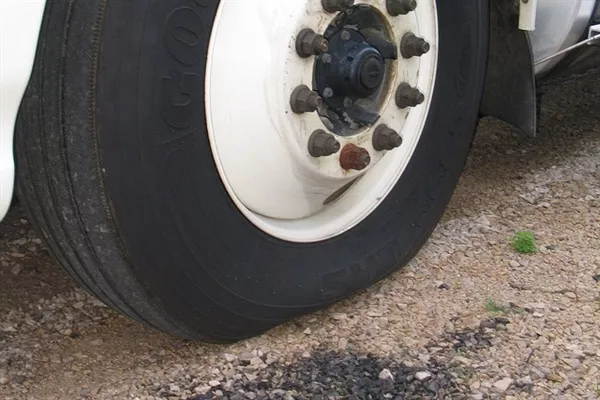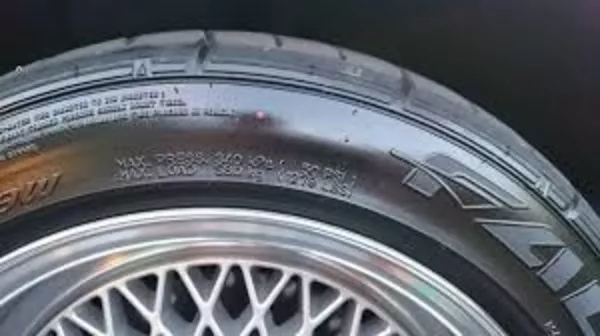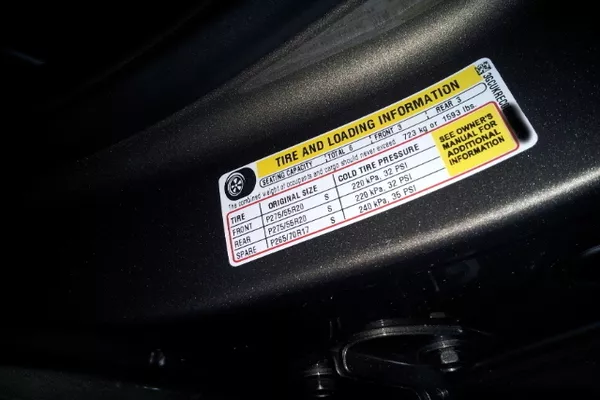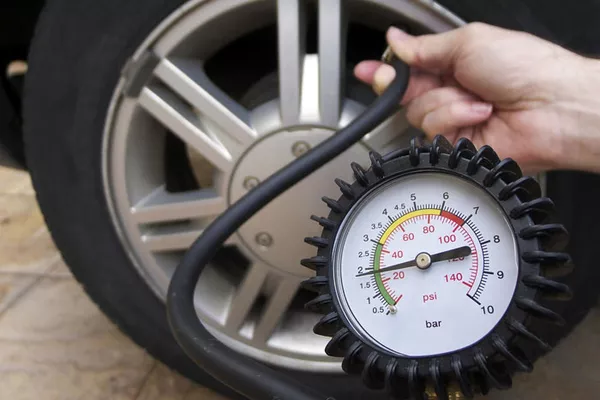The tires on your vehicle are the ones that are responsible for keeping the car in balance while moving and while it’s parked. They also play a huge role when it comes to making sure that your car runs smoothly while you’re driving. With such a great function, they are the ones exposed highly to rough surfaces, and, unfortunately, they rely on car tire pressure to stay inflated and perform their function well.
The most common mistakes of car owners are that they assume that the air inside the tires is good enough as long as it is not visibly deflated. However, experts say that even a minimal amount of air or pressure released from the tire already requires inflation, and once deflation is already observable, then the tires are way too low in air.

Once you can see it, the pressure is already way too low
That said, Philkotse.com is once again here to make sure that you would be familiar with the basics of vehicle tire pressure or air.
I. FAQs About Tire Pressure
1. Why do I even need to bother about proper tire pressure?
A properly inflated or pressurized tire, as we have denoted earlier, will ensure that the tires will perform at their best. It will also ensure that your car’s tire will have an extended lifespan. Additionally, well-inflated tires are beneficial since your car will be more fuel-efficient and you’ll experience better steering wheel response.
2. There is a printed tire pressure requirement on the wheels, should I rely on it?
Definitely, all tire manufacturers will imprint a tire pressure requirement for guidance. However, if you would closely observe the details, it comes with the word “Max” which is the abbreviation for maximum. That being said, it is the highest amount of pressure that the tires can take so that they can sufficiently support their maximum load capacity.

The Maximum PSI on the wheel
3. What will be the consequences if the tires are inflated to the maximum pressure?
The problem with inflating your car tires at the maximum pressure level is that the braking threshold would be greatly affected, meaning, with a quick corner turn, your car might slide out. Similarly, your car tires will have lower traction or won’t have a good grip on the ground. Additionally, the tires will wear out easily just because while they are turning, they will be touching the rubber just above the tires.
4. What is the ideal car tire pressure?
As we have already emphasized on our previous post, it is always recommended that you read the car’s manual. In this situation, the ideal tire pressure can sometimes be found in it. Otherwise, you can also look for the vehicle tire pressure sticker, which can either be found on the car’s door jam, trunk lid, fuel door, or console. Nonetheless, considering all car brands and models, the average optimum pressure for tires is from 30 to 35 PSI.

A Sample of Car Tire Pressure Sticker
>>> More useful tips for car tire maintenance:
- How to read specifications on tires?
- [Tire safety tips] How to prolong the lifespan of the tire?
- What causes a car tire to blowout on the highway & How to safely handle
II. Checking the Car Tire Pressure
Now that you have an idea on where to find the ideal tire pressure as well as why it’s important to inflate your car adequately and regularly, let’s start learning how you can check the tire pressure without having to bring it to the auto-shop.
1. The Car Tire Pressure Gauge
The good thing nowadays is that you can already find a lot of digital or standard tire-pressure monitoring systems for sale online as well as in auto-parts stores. You can choose between models that are portable and can be powered by your car’s battery and those that have a 12V power port. Whichever you choose, any kind of these pressure gauge tools will be handy, and you need to keep them in your car’s glovebox.

A Sample of a Car Tire Pressure Gauge
2. Important Considerations
When checking the tire pressure, there are some things that you must remember including:
- Check the pressure when the tire is cool: The ideal and maximum PSI presented in the car and tires are what you call the cold pressure. As such, you must also make sure that the tires have been cooled down before taking the pressure. This is also because of the fact that there is an increase in car tire pressure when hot; ideally, a car that has just been used requires about 30 minutes for the tires to cool down.
- Add more pressure when the tire is hot: Just in case you really have no choice but to check the pressure level while the tire is still hot, it is recommended that you add 4 to 6 PSI to the number that you have derived. However, you must make sure that the maximum PSI has not been reached or exceeded. If it did, then check the pressure once again.
>>> Related post: 4 useful tips for preserving car tires in the summer
3. The Steps
Now that you’re all set, you can start checking the tire’s pressure, and these are the simple steps you need to follow:
- Locate the tire’s valve cap and unscrew it. Make sure that you keep it somewhere safe so as not to lose it.
- Put the gauge on the valve stem and slowly press against it. At this point, you might hear a hissing sound, and that is normal.
- Wait for about two seconds and release it from the valve. Again, you would hear the normal hissing sound. Don’t panic!
- Read the displayed pressure and note it down.
- Subtract the reading from the optimum PSI of your car tire and the difference will be the amount of pressure you need to inflate your tires with. Again, if the pressure was taken while the tire is hot, add about 4 to 6 PSI.
- Once your done inflating, read your car tire’s pressure again to make sure that the optimal level has been achieved. If not, add more. If achieved, put the valve back. That’s it!
Here is a video that can guide you through the process:
How to Check Car Tire Pressure
III. With Well-Inflated Car Tires, You’ll Save Money and Fuel as well as Spare Your Life
We have never stop emphasizing the importance of having the right car tire pressure and in summary, it all goes down to saving you from spending money on early tire replacement and fuel consumption, and preventing you from meeting accidents. Just remember that you also need to check the tire pressure regularly as you’ll really never know if the tires are deflated or not.
Follow Philkotse.com for proper car maintenance knowledge and prolong the lifespan of your beloved vehicle!
Recent posts
- 5 common car tire myths that have finally been debunked Oct 25, 2021
- Tips every Pinoy car owner should know to choose the right used car tires Jul 10, 2018
- Why do unused car tires wear off & How to preserve car tires? Feb 17, 2021
- What causes a car tire to blowout on the highway & How to safely handle Oct 24, 2017
- 4 useful tips for preserving car tires in the summer Nov 17, 2022












